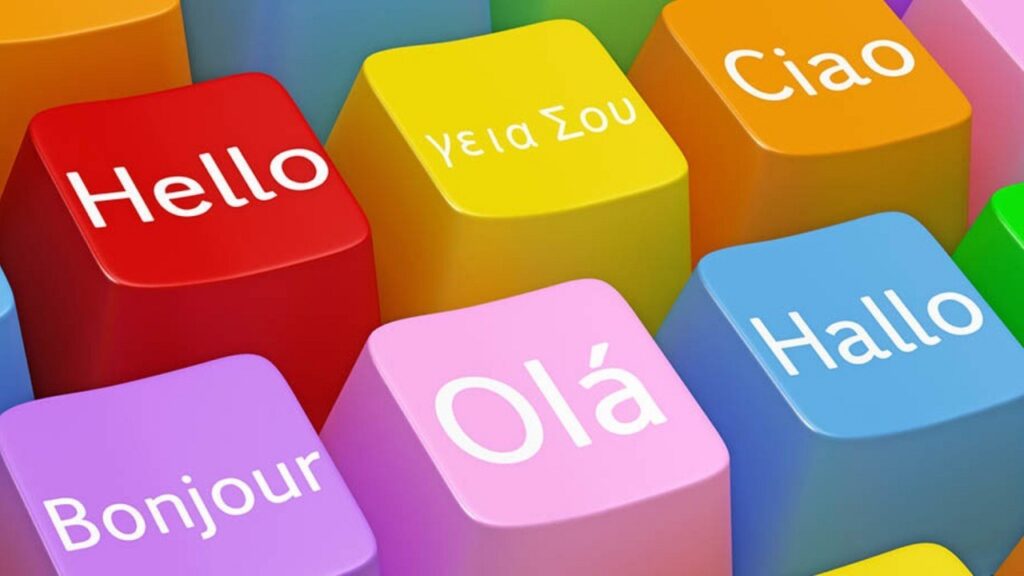In an increasingly globalized world, technological gadgets have become an integral part of our everyday lives.
In this era of technological breakthroughs, a dazzling array of cutting-edge tech gadgets, ranging from smartphones and computers to smartwatches and voice assistants, are revolutionizing the way we live.
These ingenious devices not only enable us to communicate effortlessly, but also empower us to skyrocket our productivity and immerse ourselves in endless entertainment possibilities. However, to truly cater to a diverse user base and deliver an exceptional user experience, language localization plays a crucial role.
In this article, we will delve into how language localization enhances the user experience in technological gadgets.

Enhanced Accessibility
Language localization breaks down barriers to entry for tech gadgets by making them accessible to users from different linguistic backgrounds.
Gadgets become more inclusive by offering interfaces and content in multiple languages. As part of gadget companies to promote multilingualism, initiatives such as the Unicode Consortium started developing standards facilitating the use of character sets for different languages.
They realized that if they want more users to use their gadgets, they have to launch IDN (Integrated Digital Network) that allows multilingual use on their domain names for their websites. Through IDN, instead of only adding .cn after its website, it has now introduced 中国 while in Russia, рф has been introduced in addition to .ru.
This type of accessibility introduced not only to websites but also on gadgets ensures that users can effortlessly navigate menus, settings, and features, promoting accessibility for all thus promoting a feeling of inclusion and empowerment for users worldwide, regardless of their fluency in languages like English.
Seamless Communication
In the realm of communication-oriented gadgets – such as smartphones and messaging apps – language localization plays an indispensable role in bridging language barriers.
By providing translation capabilities within messaging platforms or voice recognition and transcription features, these gadgets facilitate real-time communication between users who speak different languages.
The translation capabilities in messaging platforms like Skype actually make it incredibly convenient for individuals who are attempting to learn a new language.
With language learning websites now offering private tutoring, students have the opportunity to perfect their conversational skills. This means that whether they choose online Spanish courses or Chinese courses, they can easily enhance their language proficiency by conversing with their tutor through the messaging platform.
This seamless experience fosters better understanding, collaboration, and connectivity across cultures, thereby enriching the user experience and expanding global communication networks.
Boosting User Engagement
When gadgets are tailored to cater to users’ preferred languages, it piques their interest and encourages them to engage more actively with the device.
Whether it’s through localized app stores, localized voice commands, or multilingual user interfaces, language localization provides a personalized experience that resonates with individuals.
However, most tech companies often hit the reef with regard to accuracy in language localization. When traveling to a foreign country, one of the most frequent challenges users encounter is their voice commands failing to work, especially when their gadget’s voice recognition technology is not effectively optimized for multilingual contexts.
Due to the continuing expansion of global connectivity, an increasing number of technology companies are now preparing to enhance the precision of their geolocation data. Accordingly, they have to speed up their improvement processes as the demand for accurate multilingual geolocation will be more likely to increase.
Once geolocation data hits optimum accuracy, it will definitely allow users to further explore various functionalities, interact with apps, and utilize the full potential of their gadgets, leading to improved overall satisfaction.
Cultural Relevance and Localization
Language localization also involves understanding and adapting to the cultural nuances of different regions.
By accounting for regional variations in vocabulary, symbols, and idiomatic expressions, gadgets can provide a more culturally relevant experience. This can include localized keyboards with predictive text, date and time formats, and even region-specific content recommendations.
By acknowledging and respecting cultural diversity, gadgets ensure that users feel heard, understood, and connected to their cultural heritage.
Simplified Learning and Adoption
Technological gadgets often come with a plethora of features and functionalities that might be overwhelming for users, particularly those who are less tech-savvy or unfamiliar with the gadget’s primary language.
Language localization greatly simplifies the learning process by providing information, tutorials, and onboarding procedures in the users’ native languages.
This is especially beneficial for students and language learners, as it empowers them to fully utilize the potential of their devices. Thanks to advanced language localization technology, even those pursuing remote learning can effectively acquire new knowledge and skills.
As a result, the adoption process becomes more seamless, frustrations are minimized, and users are empowered to confidently explore the full potential of their devices, free from any intimidation caused by language barriers.
Language Localization and Its Role to Global Interconnectivity
With all the benefits mentioned, one can only conclude that language localization has indeed emerged as a critical factor in enhancing user experience across various technological gadgets.
By embracing diverse languages, cultural norms, and regional preferences, manufacturers can create inclusive and personalized experiences for users worldwide.
Whether it’s improving accessibility, boosting engagement, or enabling seamless communication, language localization definitely plays a vital role in breaking down language barriers and fostering a sense of connection and empowerment.
As technology continues to evolve, language localization will definitely remain to be an indispensable tool in delivering exceptional user experiences that cater to the diversity of our global community.
